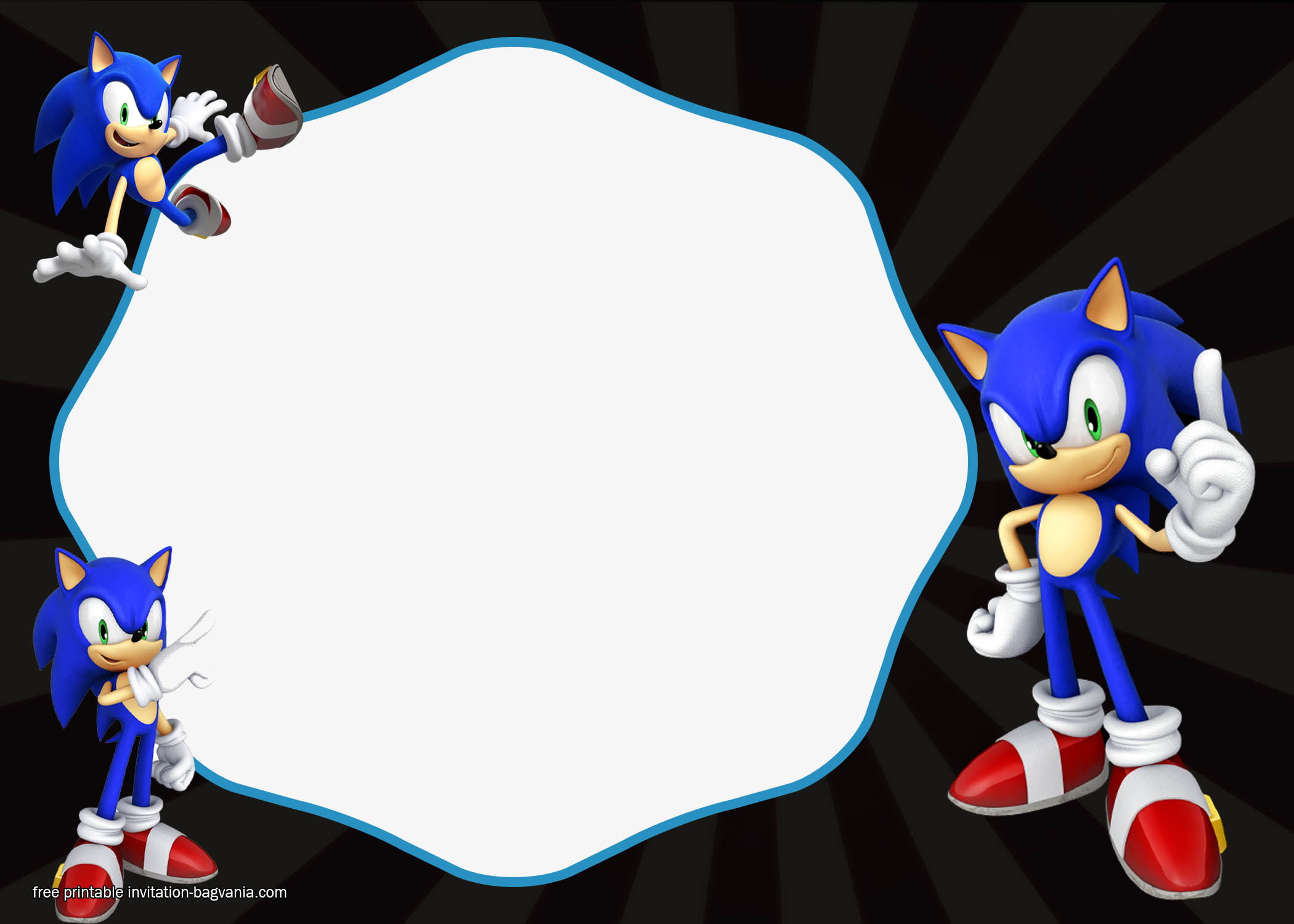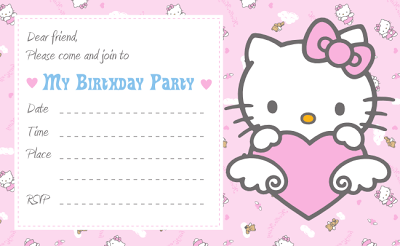Sorting letters and numbers is a delightful and educational activity that engages young children in recognizing and categorizing foundational symbols they’ll use throughout their lives. This hands-on task not only strengthens early literacy and numeracy skills but also enhances fine motor coordination and cognitive development. Whether it’s grouping uppercase and lowercase letters or sorting even and odd numbers, this activity offers endless opportunities for fun learning moments. Perfect for toddlers and preschoolers, sorting letters and numbers is a simple yet powerful way to build essential skills while sparking curiosity and joy in young learners.
This activity can also be tailored to suit different age groups, whether your child is a toddler, preschooler or even older kid. To make it more engaging, invite siblings, friends, or even parents to join in! Turn it into a fun group activity by setting up friendly challenges or working together to complete sorting puzzles. In this article, we will point you to amazing resources to find worksheets and templates to start your sorting letters and numbers activity. We also have some wonderful invitation templates at the end, it is for you to invite your friends and family for some sorting fun!
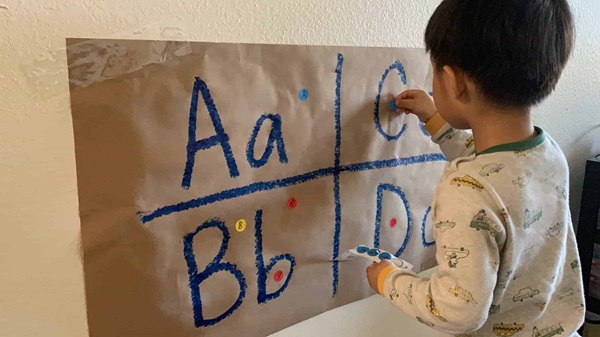
Benefits of Sorting Letters and Numbers
The sorting letters and numbers activity offers a range of key benefits for young children, contributing to their cognitive, motor, and social development. Here’s a breakdown:
Cognitive Development
Sorting letters and numbers enhances children’s cognitive skills by helping them recognize and differentiate between symbols. As they categorize letters and numbers, they develop critical thinking and organizational abilities. The activity also promotes pattern recognition, teaching kids to identify similarities, differences, and sequences, which are essential for problem-solving and logical reasoning.
Fine Motor Skills
Engaging in this activity supports the development of fine motor skills through tasks like picking up, sorting, and arranging letters and numbers. These actions improve hand-eye coordination and dexterity. If the activity involves cutting and gluing, it provides additional opportunities to strengthen small hand muscles and refine precision and control.
Memory and Concentration
Sorting tasks require focus and attention, helping children improve their concentration and memory. As they work to correctly place each item, they practice maintaining attention on the task, which enhances their ability to retain information and improves overall mental endurance.
Language and Math Foundations
This activity lays the groundwork for early literacy and numeracy. Sorting letters familiarizes children with alphabet shapes and sounds, building a strong foundation for reading. Similarly, sorting numbers introduces concepts like numerical order, even and odd numbers, and size comparison, fostering early mathematical understanding.
Creativity and Play
Incorporating imaginative elements, like storytelling or themed sorting, encourages creativity and makes the activity more engaging. Children can use their imagination to turn sorting tasks into playful adventures. Additionally, creating DIY sorting materials allows kids to participate in designing the activity, further enhancing their creative skills.
Social and Emotional Skills
When done in a group setting, sorting letters and numbers can help to promote teamwork and communication as children collaborate to complete tasks. It also boosts self-esteem and confidence as they experience a sense of accomplishment in successfully sorting letters and numbers. These interactions support emotional growth and positive social experiences.
This blend of cognitive, physical, and emotional benefits makes sorting letters and numbers a holistic activity that supports children’s development in fun and meaningful ways.
Sorting Letters and Numbers Worksheet
While there are so many resources out there, here are some really great worksheets that you can use to start you off.
This worksheet from Kindergarten Worksheets and Games is a great one to start with. There are 8 items to sort, involving 4 numbers and 4 upper case letters that are easy to recognize. It is such a great sorting letters and numbers worksheet for toddlers who are just learning their letters and numbers.
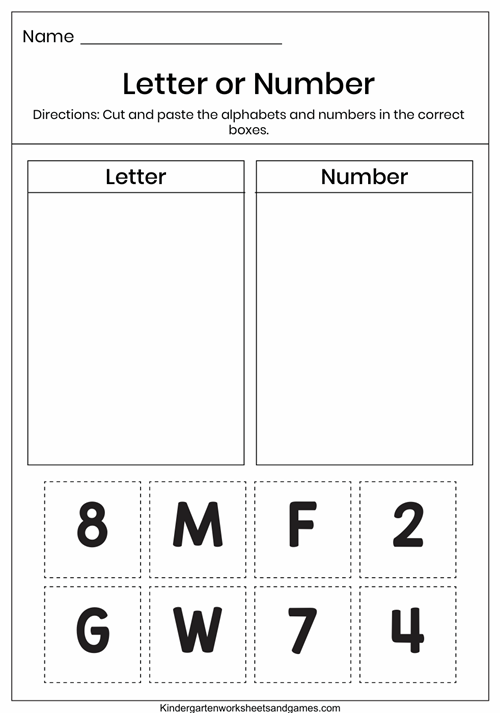
If you are looking for something more complex, then you should check out these printable worksheets from Planning Playtime and Kid Pid. These worksheets provide 15 to 16 characters to sort into letters or numbers, the letters also involve a mix of upper and lower case. So these worksheets are designed for older kids who are already more familiar with their letters and numbers.
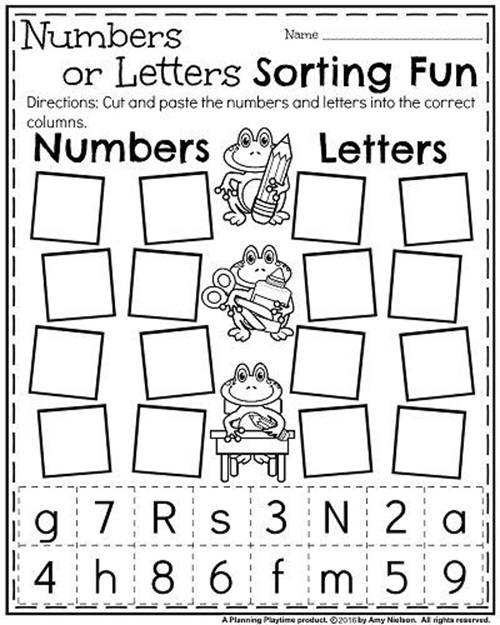
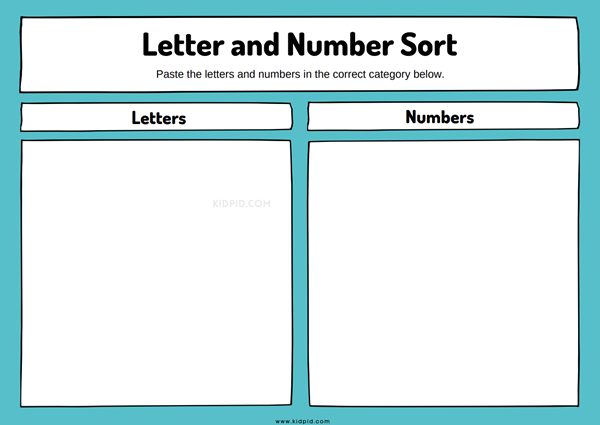
If you want to focus on letters, there are worksheets from Fun Learning Hub where your children will get to sort the upper and lower case forms of different letters. It is such a fun way for them to learn their alphabets!

Another way to add more hands-on activity for your child is to involve them in the preparation process, because the preparation process is half the fun! This is a great opportunity for your child to practice their scissors skill. Just make sure to use child-safe scissors and to always oversee your child when they are doing some cutting activity.
Creating a Sorting Letters and Numbers Playdate
Inviting other parents to join a sorting letters and numbers activity is a wonderful way to build connections while providing an enriching experience for young children. Start by reaching out to parents in your community, playgroups, or parenting forums. Share how this activity is both educational and fun, emphasizing its benefits like improving fine motor skills, fostering early literacy and numeracy, and encouraging teamwork among children. Highlight how the activity can be easily tailored to different age groups, making it inclusive for toddlers and preschoolers alike. A casual gathering at your home, a local park, or a community center can serve as the perfect setting.
To make the invitation even more appealing, mention that materials will be provided or suggest that each parent bring a small item to contribute, like scissors, glue, or worksheets. Share photos or descriptions of the activity setup to generate excitement. Encourage parents to stay and participate alongside their children, turning it into a shared experience where they can exchange ideas, observe their kids learning in a group setting, and enjoy some social time. This collaborative approach can strengthen community bonds while providing a fun and educational experience for everyone involved.
If you are looking for some invitation templates for your sorting letters and numbers playdate, we’ve got you covered! We have a collection of templates with fun designs that are free to download and easy to edit. Check out a few of them right here:
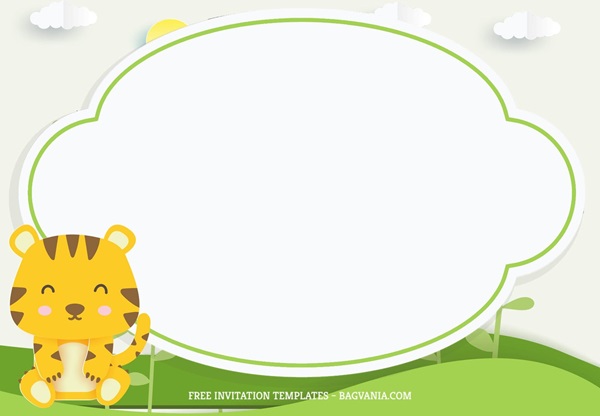
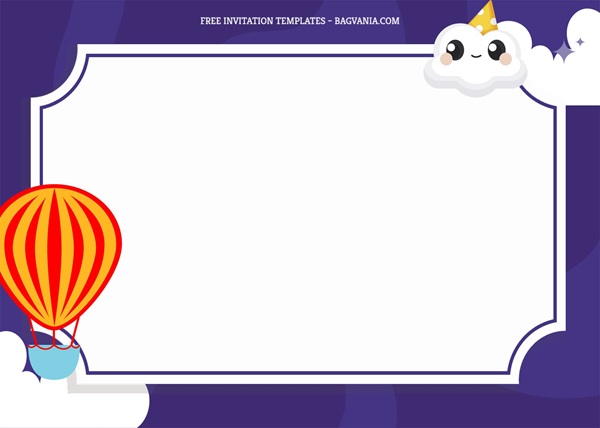
Conclusion
Sorting letters and numbers is more than just a fun activity—it’s a powerful tool for fostering early learning and development in young children. By engaging in this hands-on experience, kids build foundational skills in literacy and numeracy while sharpening their cognitive abilities and fine motor coordination. Whether it’s recognizing patterns, sorting by categories, or sequencing items, each task supports essential milestones that prepare children for future learning in a playful and engaging way.
By tailoring the activity to different age groups and inviting others to join, you create a dynamic environment where learning becomes a shared experience. Whether it’s at home, in a classroom, or with a group of friends, sorting letters and numbers offers countless opportunities for creativity, teamwork, and growth. So gather some materials, invite other families, and watch as children explore, learn, and thrive through this simple yet impactful activity.




























